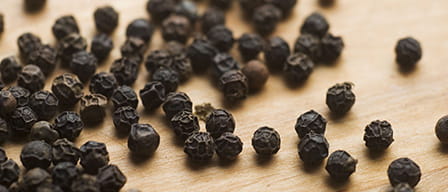
Black Pepper
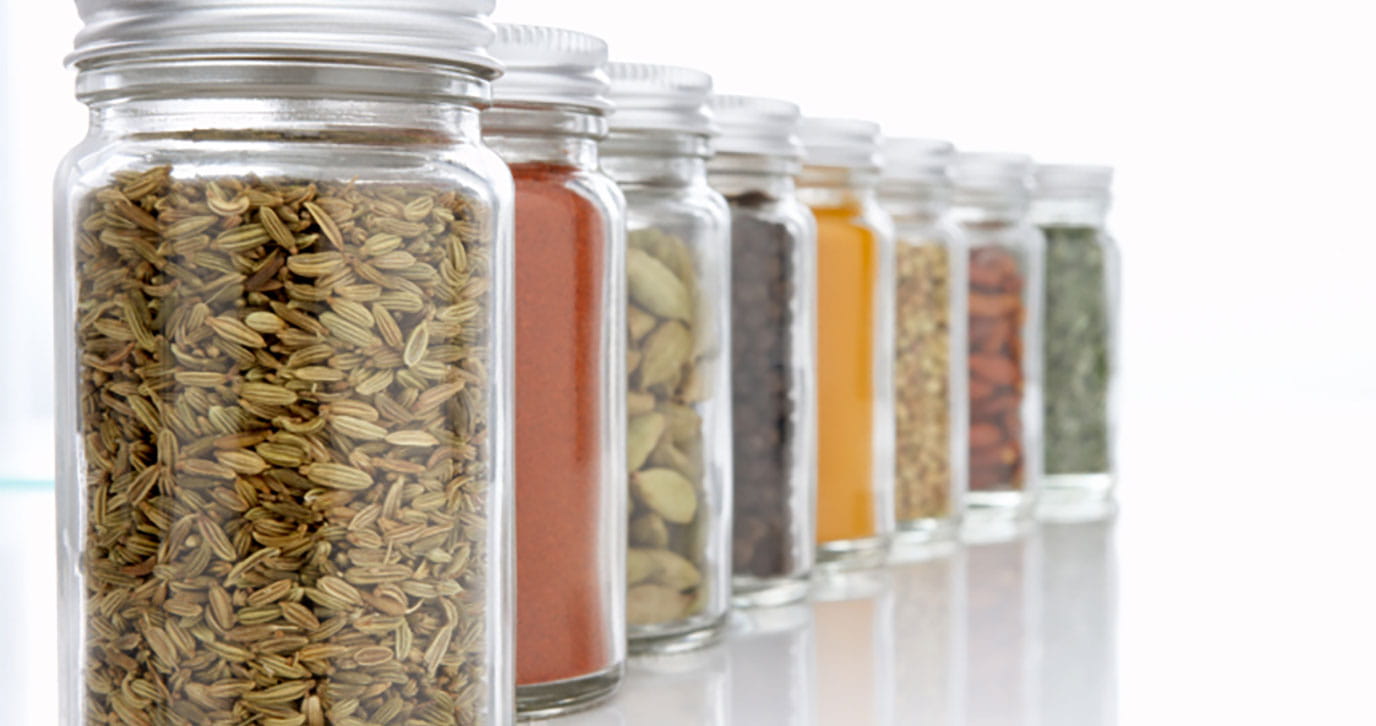

Coriander (Coriandrum sativum L) is a spice obtained from the plant belonging to the family Umbelliferae (Apiaceae) commonly known as the celery, carrot or parsley family. “Cilantro” typically refers to the leaves of the plant, which are often used fresh or dried, while “coriander” usually refers to the seeds of the plant, which are usually ground and used as a spice. However, these names are often used interchangeably. The name coriander originates with the Greek word korannon, a combination of koris and annon (a fragrant anise) and referred to the ripe fruit. The Roman naturalist, Pliny the Elder, first used the genus name Coriandrum, derived from koris (a stinking bug), in reference to the unpleasant, fetid, bug-like odor of the green herb and unripened fruits. The green, young coriander leaves are known by the Spanish name cilantro. The grass-like coriander plant is also known as Chinese, Mexican or Japanese parsley and in Sanskrit as dhanya. Its other names include kuzbarah in Arabic, coriandre in French koriandersamen in German, and kothamalli, kothimbir and malli in India.
The genus Coriandrum is represented by two different species including the cultivated plant C. sativum and the wild species C. tordylium. C. sativum is indigenous to the Middle East and Mediterranean region, although it has been cultivated in China for millennia. It can grow up to 2 ft in height, has thin, spindle-shaped roots, erect stalk, alternate feathery leaves and small, pinkish-white flowers with aromatic spherical fruits. The essential oil constitutes approximately 1% of the coriander seed and is among the world’s top 20 essential oils. The volatile components of the oil include linalool as the main constituent, along with monoterpenes (α-and β-pinene and limonene) and decyl aldehyde (decanal) which is described as having a sweet, aldehydic, waxy, orange peel, citrus, floral aroma.


Coriander has a long history of use. It is mentioned in Sanskrit literature as far back as 5000 B.C. and in the Greek Eber Papyrus as early as 1550 BC. The seeds of coriander were found in the ancient Egyptian tomb of Ramses the Second. The Egyptians called this herb the ‘‘spice of happiness”, likely because it may have had aphrodisiac qualities. In Persia coriander was grown 3000 years ago and it added fragrance to the Hanging Gardens of Babylon. In the Hebrew Old Testament Book of Exodus, “manna” is described as being like white coriander seed. In the third century BC, Romans also found coriander to be an excellent seasoning for popular food dishes and the Greeks and Romans also used coriander to flavor wine. Roman demand for coriander was so great that it was imported from as far away as Egypt. Coriander was introduced to Europe and Great Britain by the Romans and grew readily in gardens.
Numerous maladies were treated by coriander in diverse traditional remedies and seed preparations may still be used today. Coriander was used in Greek medicine by Hippocrates (ca. 460–377 B.C.). According to medieval manuscripts coriander was used during midwifery to accelerate childbirth. In Ayurvedic medicine, coriander treated arthritis and other inflammatory disorders and the regular use of a concentrated coriander seed liquor was reported to be effective in lowering blood lipid levels. Moreover, in Indian traditional medicine, coriander was used in digestive, respiratory and urinary system disorders. In Islamic traditional medicine, coriander was helpful in treating different diseases such as eye, skin, and oral cavity diseases, as well as respiratory system, gastrointestinal, and cardiovascular disorders. In Turkey, an infusion of seeds is used as a digestive agent and to enhance appetite. Coriander is used traditionally in Morocco as a diuretic plant. In Iranian folk medicine, it has been recommended for relief of anxiety and insomnia. In some countries such as Saudi Arabia, Jordan and Morocco, an extract of coriander seeds is used as an anti-diabetic agent. Even the European Commission E monographs, which provide current guidance on herbal medicines, coriander seed is approved for use for lack of appetite and indigestion.
Coriander seeds are oval and globular in shape with several longitudinal ridges on the hard exterior.
Green coriander has been called the most commonly used flavoring in the world due to its diverse culinary applications across the Middle East and southern Asia as well as in many regions of Latin America. All parts of this plant are edible, although they have very distinct flavors and uses. It is noteworthy that human perception of the taste of fresh cilantro leaves can vary dramatically, on the one hand imparting a bittersweet, spicy taste, and, on the other hand, having a particularly unpleasant taste and odor. The reason for this markedly different perception has been traced to individual differences in genes that control our sense of taste and response to pungent chemicals found in foods. To the majority of the population, the herb has a pleasant light and fresh, citrusy flavor and fragrant aroma, but for those with a genetic variation of the smell (or olfactory) receptor 6A2, which detects several aldehyde chemicals in the leaf, the description of the smell becomes soapy, moldy, dirty and repugnant. Dried cilantro provides a more subtle flavor and so may be a better topping on foods. Ripe coriander seeds, in contrast, have a flavor profile that is entirely different from the fresh leaves and unripe seeds, imparting a pleasant, sweet, fresh, tangy odor and taste.
It has been suggested that chefs might carefully consider whether or not to incorporate fresh coriander leaf into the dishes they prepare since many consumers (possibly between 3 and 21% depending on ethnic or cultural group) may find that the herb has a disagreeable soapy, rather than enjoyably citrusy taste (1).
Coriander is a popular spice for which the fresh green cilantro leaves and the dried leaves and dried seeds are recognized as important ingredients in breads, puddings and salads, and in meat, seafood, vegetable, soup, noodle, rice, appetizer and stew dishes all over the globe. Coriander is one of the 7 spices in garam masala in India and southern Asia, and is one of the 9 spices in the Middle Eastern blend baharat. Finely ground coriander seeds are a major ingredient in curry powder in India. Indian cilantro rice, also known as coriander rice or dhaniya pulao, is a dish made with basmati rice, fresh cilantro leaves, and spices. Spicy Indian pan-roasted potatoes dhaniya wale aloo (also known as chatpate aloo in the northern part of India) is prepared with fresh cilantro that imparts a lemony-cilantro flavor. Several Thai dishes that feature coriander include the distinctively spicy and sour tom yum soup, green curry, the stir-fried noodle dish pad thai, often sprinkled with coriander as a garnish, and the mango stick rice dessert also embellished with coriander. Cilantro sprigs are often added to paper-thin flour wrappers of peanut brittle in Taipei. In northwest China cilantro belt noodles are prepared to be wide and flat, like belts, and served in a spicy aromatic dipping sauce. Coriander roots have a deeper, more intense flavor than the leaves and also are commonly used in a variety of Asian cuisines. For the Mexican dishes salsa, guacamole, pico de gallo, tacos and fajitas, cilantro is key constituent. Cilantro is added to the national dish of Costa Rica, gallo pinto, which is made with rice and black beans. Of interest coriander seeds are also used to flavor alcoholic drinks, such as cucumber and coriander gin and tonic, and are an essential ingredients of the herbal French liqueurs Benedictine and Chartreuse. Belgian beer has been brewed with coriander seeds since the Middle Ages and the seeds still are used in Belgian white and hoppy beers.
Our understanding of how coriander and other spices and herbs potentially benefit health is growing. Using diverse spices and herbs as seasonings has been shown to unlock new flavors and tastes that enhance our enjoyment of numerous foods and vegetables, while reducing our intake of added saturated fats, sugar and sodium. Explore ways to incorporate various spices and herbs to create healthy meals and expand your culinary experiences. Learn about recommendations for building a balanced and healthy diet.

Black Pepper
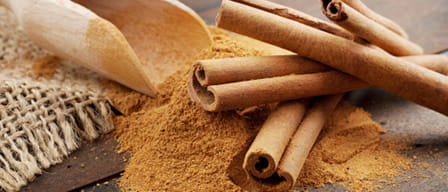
Cinnamon
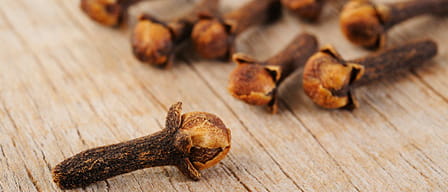
Cloves

Coriander
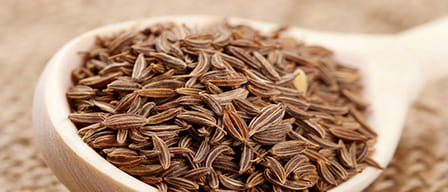
Cumin

Fenugreek
